I am a 41 year old female that has been coping with what has been diagnosed as Dysfunctional Uterine Bleeding (DUB) for over two years now. Several diagnostic tests have been performed and nothing serious has been detected. According to a recent thirty day hormone panel test, my entire cycle is estrogen dominant with a progesterone deficiency during the last 15 days. For the last four months I have been trying to get my hormones balanced using varied amounts of compounded natural progesterone gel applied to offset the imbalance during the last part of my cycle and according to saliva test results. Still, I have not experienced much relief relating to the heavy and lengthy periods once I have stopped taking the progesterone. Are there any herbs and/or things you can suggest I try to get things back in order? I already have so many limitations due to my chemical sensitivities and this on top of it is just getting too overwhelming for me to continue to deal with all the time. Thanks so much.
Karen Joy’s response (apprentice to Susun Weed):
So wonderful that nothing serious was found. With dominant estrogen and a lack of progesterone spike in the second half of your cycle I would assume this is anovulatory DUB.
Yes, you could try to force yourself to have progesterone with an external product like the cream, but I favor nourishing your hormonal system to help produce the progesterone you need. You can do this with Vitex tincture, a dropperful 2-4 times a day in water. You would take this every day for at least 6 months before considering if another option is better. This takes time.
Meanwhile you can be sure you are not adding more estrogens to your environment than can be hard to avoid. Xenoestrogens especially can be found in plastics, so many of us choose not to drink water from plastic nor store or eat foods in plastics. This is a controversial topic as some would argue the xenoestrogen exposure is minimal. I personally feel this is a wise choice regardless. I trust you to choose for yourself.
Also controversial is the benefit or harm of phytoestrogens. From what I have learned I currently believe phytoestrogens in food actually protect us from the overabundance of estrogen in our current environment. Some believe the opposite. Again I trust you to decide for yourself. You can read Susun Weed’s thoughts on phytoestrogens here, along with a list of food sources of this.
Given your concerns of chemical sensitivities and feeling of overwhelm, I encourage you simply to focus on what to add to your life and diet—the Vitex tincture, and phytoestrogen rich foods like lentils if you wish. To this I add the intimate experience of charting your day to day changes as is done through the Fertility Awareness Method. This gives you a chance to know your body that much more, appreciate even more the beauty and magic of it, and perhaps even notice the subtle changes as they happen. You will cycle different if not ovulating, and not producing or holding progesterone, you will see this.
Finally, please please keep your iron levels high. Again, nourishment: add to your diet iron-rich foods like red meat, liver, eggs, leafy greens, molasses, and dried fruit. You don’t need to wait until an MD reading a test decides you are low enough to take some tablets made in a factory. Replenish now, this will feed your body and help you better deal with the stress.
(apprentice to Susun Weed)
photos: Wise Woman Spiral ©iStockphoto.com / Chuck Spidell | Impermanence Tree © Erica Steiner

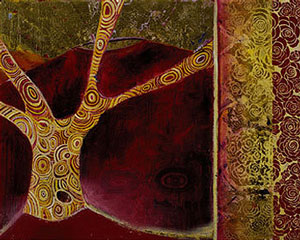

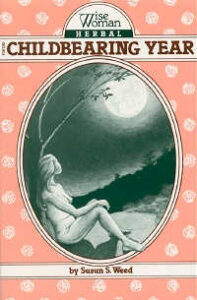
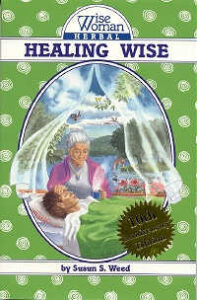

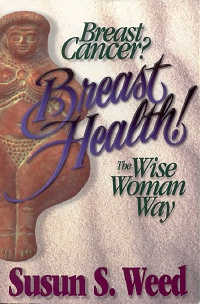
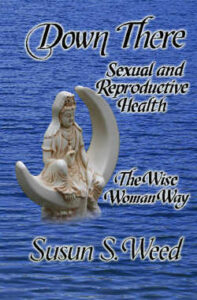
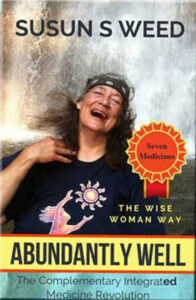



0 Comments